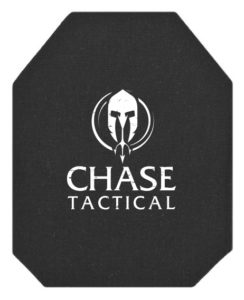How to Choose the Right Bulletproof Vest: A Complete Guide
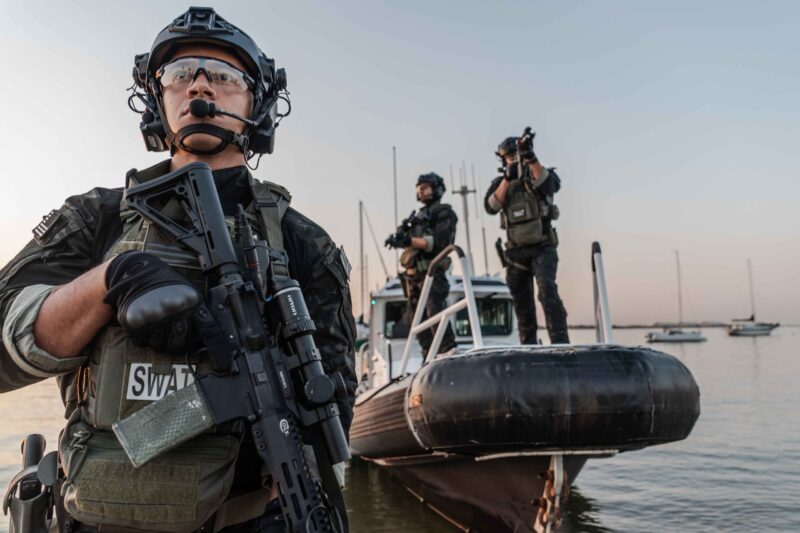
In a world of uncertainty where safety cannot be assumed, the proper personal protection equipment can be the difference between life and death. Ballistic vests or body armor, commonly known as bulletproof vests, are made to deliver life-critical protection against various threats. Still, the most expensive or toughest-looking one is not necessarily the best to select.
Your decision should guide your risk level, daily use requirements, budget, and comfort. This article will discuss the critical factors to consider when choosing the bulletproof vest best suited for your lifestyle, occupation, or security needs.
Understanding Bulletproof Vests: What They Do and Don’t Do
The term “bulletproof” vest can be misleading. A more accurate name is “bullet-resistant” vest. No vest is impervious to every danger. Rather, body armor is rated for stopping and absorbing the impact of certain bullets or pieces of shrapnel, typically according to standards tested by the National Institute of Justice (NIJ).
There are two general categories of protection:
Soft Armor
Soft body armor is constructed of fibers in layers that are high in strength, like Kevlar or Dyneema. They are generally more flexible and lighter, shielding against most handgun threats. Soft body armor is used by police officers, security personnel, and civilians who require protection daily without compromising mobility.
Hard Armor
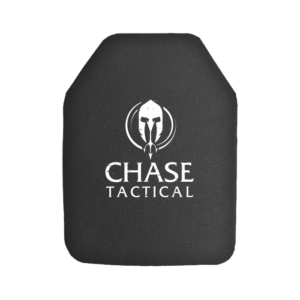
Hard body armor inserts are typically ceramic or polyethylene plates and are more protective, designed to stop rifle rounds. They are worn by military personnel or high-risk security professionals in tactical operations. They are less flexible and heavier, but a must for protection against high-velocity rounds.
NIJ Bulletproof Vest Protection Levels
NIJ performance standards allow users to compare the effectiveness based on their ability to stop various types of ammunition. Each level corresponds to the type of ammunition the vest can stop.
Level II
- Level II defends against most handgun rounds, such as 9mm and .357 Magnum.
- It is very light, flexible, and provides good protection.
- Suitable for low to moderate threat environments.
Level IIIA
- Level IIIA protects against heavier handgun rounds, such as .44 Magnum and 9mm submachine gun rounds.
- They are typically deployed in covert vests for SWAT and law enforcement purposes.
Level III
- Level III meant to defeat rifle rounds like 7.62mm FMJ (NATO).
- Hard armor plates are needed.
- Ideal for military, SWAT, or high-risk tactical use.
Level IV
- Level IV is the highest protection rating available, which can defeat armor-piercing rifle rounds.
- Typically deployed together with soft armor for full protection.
- Best used in combat areas and high-threat situations.
Key Considerations When Choosing a Bulletproof Vest
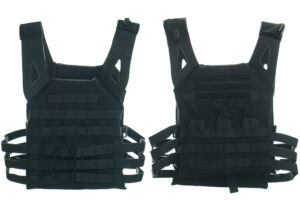
Since you know armor types and threat levels, let’s move on to the main factors you must consider before buying.
1. Use and Danger Level
Initially, determine the reason you need the vest. Are you a civilian looking for self-defense? An in-service security professional working in a high-threat area? A combat soldier? Your purpose directly determines the amount and type of armor you need.
An individual civilian may be sufficient with Level IIIA protection, whereas an overseas contractor may need Level IV armor. Familiarity with your threat environment is necessary to make an intelligent decision.
2. Comfort and Wearability
The greatest body armor is irrelevant if worn out because it’s uncomfortable. Comfort becomes a high priority if you must wear a vest all day.
Consider features including:
- Adjustable straps and sizing to fit snugly but flexibly.
- Ventilation systems or moisture-wicking fabrics to maintain coolness.
- Lightweight materials, particularly for soft armor solutions.
- Try on the vest, or use sizing charts and customer feedback to estimate fit. A vest should fit snugly but not constrictively.
3. Concealability vs. Tactical Visibility
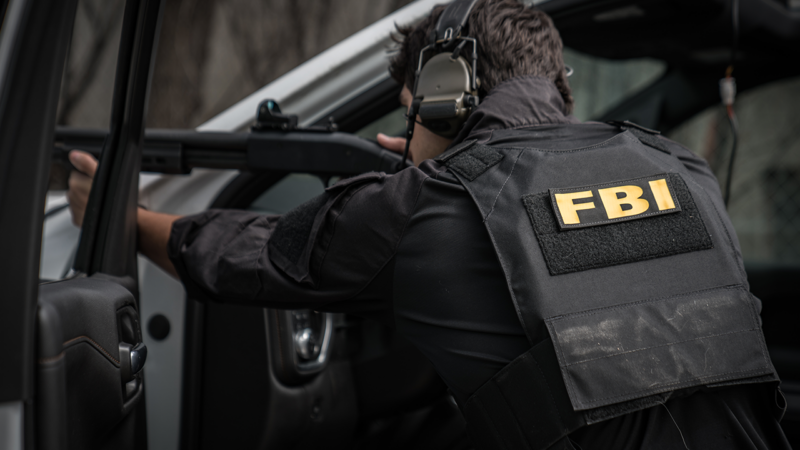
Will you keep your vest hidden under clothing or as an outside tactical configuration? This is a significant consideration when selecting between concealed body armor and overt body armor.
Concealed vests tend to be thinner and lighter and are designed not to draw attention while worn under everyday attire. They are perfect for executive protection, covert operations, or civilian applications.
Tactical vests are conspicuous and provide extra features such as MOLLE webbing for attaching gear. They are better for military, law enforcement, or security applications.
4. Weight and Mobility

Weight usually comes at the expense of protection. Hard plates, particularly Level IV, are considerably heavier than soft armor. If mobility and speed matter to your work, look at lower-weight soft armor or lighter ceramic/polyethylene plates.
Protection must be balanced with agility. A bulky vest can encumber or slow you down, keeping you from reacting while under stress.
5. Coverage Area
Coverage must stretch over the critical organs—front, back, and optionally sides. Some vests include trauma pads or side plate inserts for extra protection.
While bigger vests provide greater coverage, they are heavier and may restrict mobility. Consider your day-to-day use environment and choose the correct configuration.
6. Budget and Long-Term Investment
Costs vary greatly depending on the protection level, brand, and materials used. While reducing costs can be tempting, taking shortcuts in quality can prove life-threatening.
Investing in reputable brands with NIJ-certified vests ensures you’re not buying counterfeit or untested equipment. Also, consider future upgrade options, such as adding hard plates to a soft armor carrier.
Additional Features to Look For
Beyond the core aspects, the best bulletproof vests may come with added features such as:
- Quick-release systems for emergency removal.
- Pockets for trauma plates or equipment.
- MOLLE compatibility for tactical add-ons.
- Removable/washable covers for better hygiene.
- Integrated shoulder padding for carrying heavy loads.
These items may not be necessary for everyone, but based on your particular requirements, they can make all the difference in usability and comfort.
Bulletproof Vest Maintenance and Shelf Life
Bulletproof vests aren’t investments for a lifetime—they have expiration dates. Soft armor has a shelf life of around 5 years, although hard armor can last much longer if properly maintained.
Store your vest in a cool, dry environment, avoiding moisture or UV light exposure. Regularly inspect it for signs of wear, especially if it has taken any impacts.
Check manufacturer guidelines for maintenance and storage instructions. Proper care ensures your vest performs at its best when it matters most.
Final Thoughts
Picking the perfect bulletproof vest is not a decision that suits everyone. You need to understand your threat level, daily activity, and personal ease to make the right decision. Whether you are a police officer, military personnel, or a civilian looking out for your safety, your vest should provide a harmonious combination of protection, flexibility, and comfort.
Don’t hurry it along. Study extensively, consult an expert if necessary, and always check the certification and authenticity of the armor before purchasing.
Frequently Asked Questions
Can civilians legally wear and possess bulletproof vests?
Civilians can legally buy and wear bulletproof vests in most nations and U.S. states. Yet regional laws differ, and people convicted of felonies might be forbidden from possessing body armor.
How frequently must I renew my bulletproof vest?
Most manufacturers advise replacing your vest after 5 to 10 years. Always follow the manufacturer’s guidelines and inspect your vest regularly for damage.

